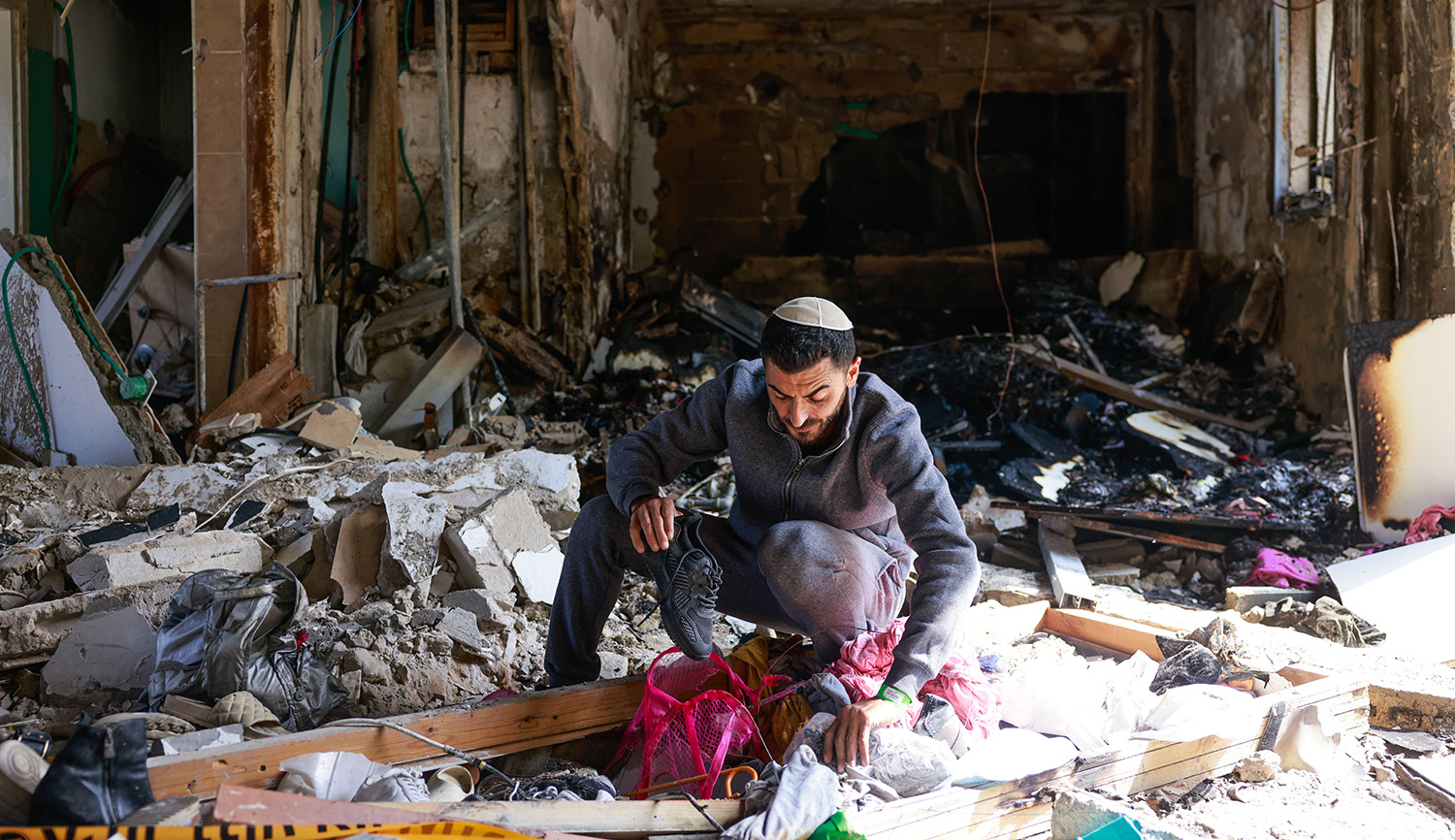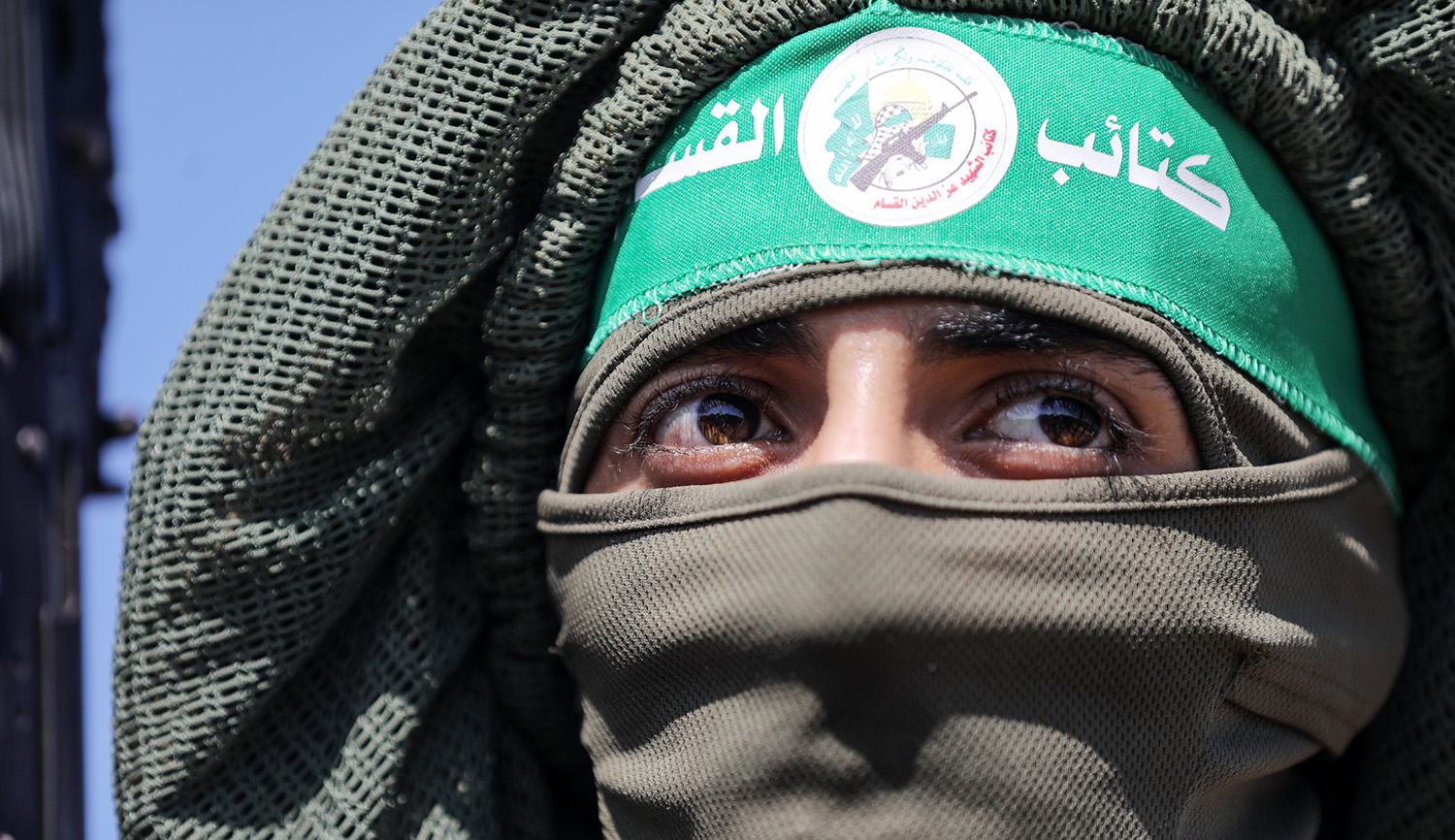The modernist painter Mark Rothko, born Marcus Rothkowitz, came with his family from Russia to Portland, Oregon as a child. Academic success in high school won him a scholarship to Yale, where, in the early 1920s, he and other Jewish students confronted anti-Semitism and social exclusion. Unhappy, he left after two years, but during his time there he founded a journal that mocked the pretensions of Yale’s blue-blooded elite. Annie Cohen-Solal writes:
[Rothko] stressed the fact that Yale students worshiped an idol they had themselves built and that dictated their behavior, diverting them from essential values (work, truth, and friendship). “False gods! Idols of clay!” he exclaimed. “There is only one way to smash them, and that is a revolution in mind and spirit in the student body at Yale University. Let us doubt. Let us think. . . .” Describing this adoration of the golden calf, Rothko blacklisted five deceitful “false gods”: athletics, extracurricular activities, social success (by way of the fraternities), the opinion of the majority, and grades. He also criticized the superficial and fake behaviors—flattery and hero worship—that all too often ruled campus relationships. But he reserved his most vehement criticism for fraternities, athletes, pompous academics, and the submissive majority.
More about: Anti-Semitism, Art, Arts & Culture, Mark Rothko, Yale


